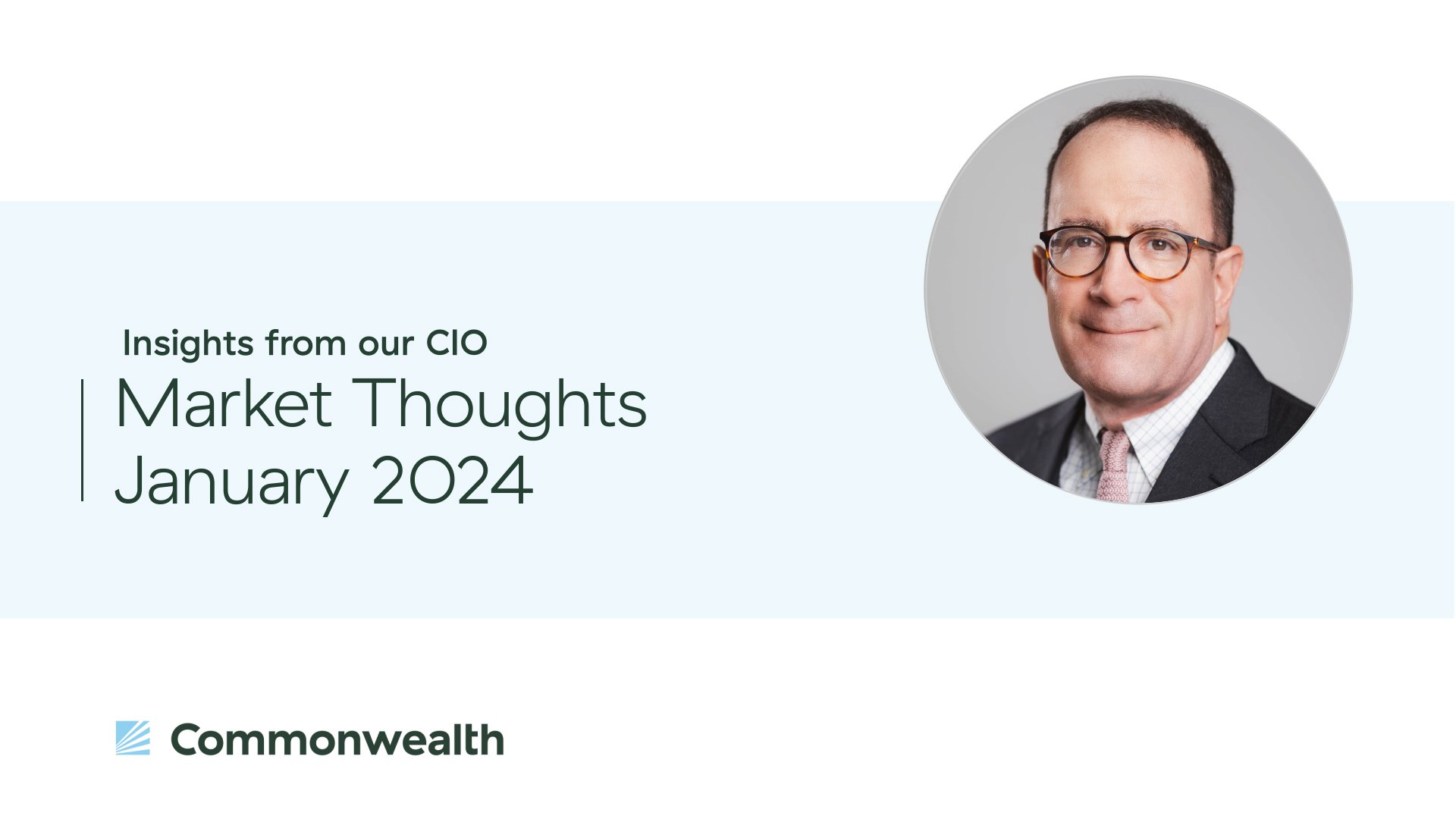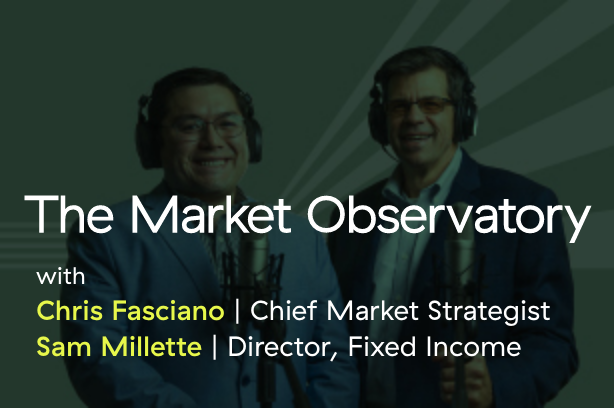Emerging markets may not always be top of mind when building portfolios, but their importance to global growth should not be ignored. In the International Monetary Fund (IMF) October Global Forecast, the IMF noted that advanced economies’ contribution has slowed from a peak of 38 percent of global economic growth in 2006 to an expected 15 percent in 2023. Over the same time frame, emerging and middle-income economies have risen from 58 percent of global growth to an expected 78 percent of global growth in 2023.














